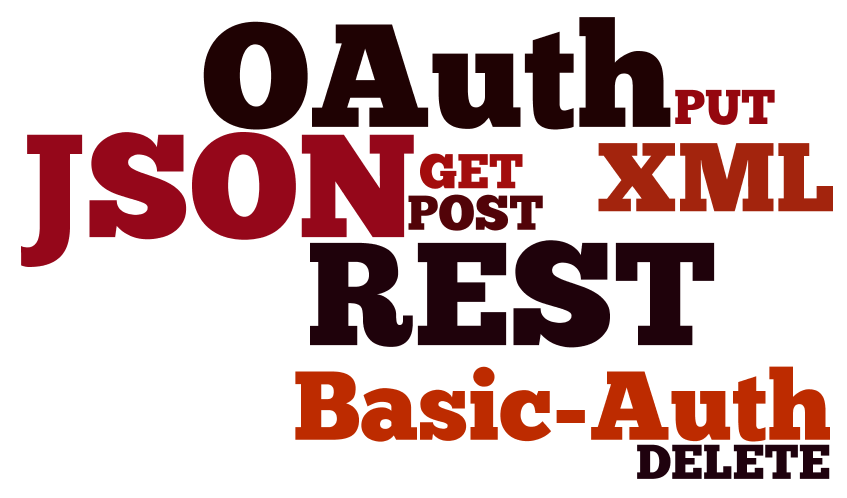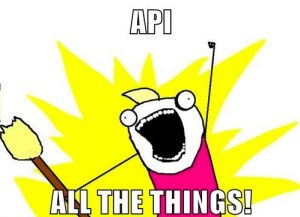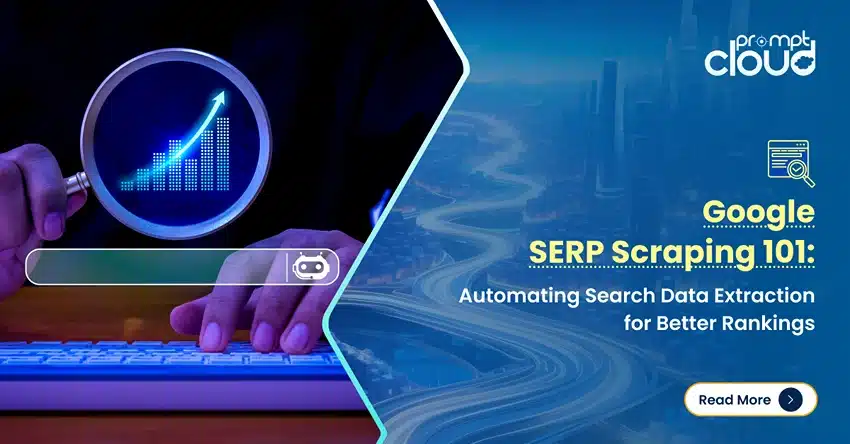What is an API?
An API (Application Programming Interface) fundamentally is that which allows your service or product to communicate with other services or products. It is the highway of data exchange—internal and external. In other terms: API is a door into a software program, allowing other programs to interact with it without the need for a developer to share its entire code.
APIs provide the essential plumbing services that keep our internet infrastructure working and often are invisible.
The Use of APIs
Principally, APIs are used to give access to internal data and sources to those outside the firewall. More recently, the use of APIs has been popularly extended to non-developers and the general public. At its simplest, anyone who uses social media uses API, because it is API that makes the web so social.
Being easy-to-use means APIs are now used extensively by companies to build internal systems, websites, and even mobile apps. Functionally, APIs are the last doorway to access a programmable resource since it allows access, can be secured, and can be tailored for different results.
APIs can (and are) used for commerce, payments, social media interactions, and cloud computing. What drives the use of API is the increasing number of smart devices, mobile phones and tablets all over the world.
Do You Need API?
For businesses, and brans, APIs are today what a website was ten years ago. A well-developed API will help catapult businesses since it strengthens the way business relationships are established and maintained in 24X7 online economies.
Businesses via API put products and services on the Internet and make it accessible to consumers. API thus, is the virtual version of wholesale and allows access, data integration and resource management to others on their sites or applications. Scraping such data and using analytic tools help harvest credible and critical information that businesses can use to their advantage.
Reasons to have API:
1. Innovation fail-safe:
With APIs, you let others do your R&D for you. What this means is that development at low scale is possible. Also, it eliminates the need for large risky investments. Effectively, having an API means you outsource your risk and with a host of talented developers and third-party designers, failure has a smaller chance.
2. Play the audience:
APIs bridge the gap between consumer demands, content, and utility. APIs facilitate easy access to your product and allow consumer to play (or use) with the content when they want, how they want. This is a win-win because through API your audience remains captivated and you can serve them more directly (via the same API).
3. Spread utility:
Critically, the underlying value of your product comes first. Via APIs you provide access to the value. Apps and advertisements then become just carriers. But APIs ensure that the value of your product is spread exponentially. API will ‘fit’ product or service to user need.
4. Customize strategy:
APIs allow you to choose what function you want to share publicly (or privately) and what you need to keep internally. Businesses can thus become more flexible and add functionalities even while concentrating on core business activities.
5. Remove resource bottlenecks:
APIs leverage outside and 3rd party resources by allowing conditional access to only what they need to build applications. This helps keep control yet also eliminate gridlocks within the organization.
Beyond the technical benefits, an API will revolutionize business operations. Not only will you think differently about assets and resources, but also allow you to use them separately in newer ways.
With increased dependency on a rich ecosystem of APIs, different services are tethered together to form new software offerings and enhance existing ones. This means that access to the wealth of data resources via API is easy. With PromptCloud’s data extraction process, you can access data via API to make greater use of big data and analytics.
image credits nickapedia | gerhardpotgieter | clickatell





















